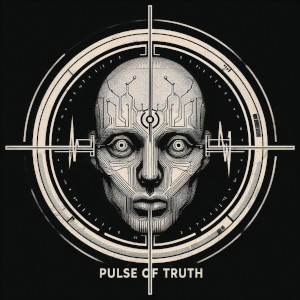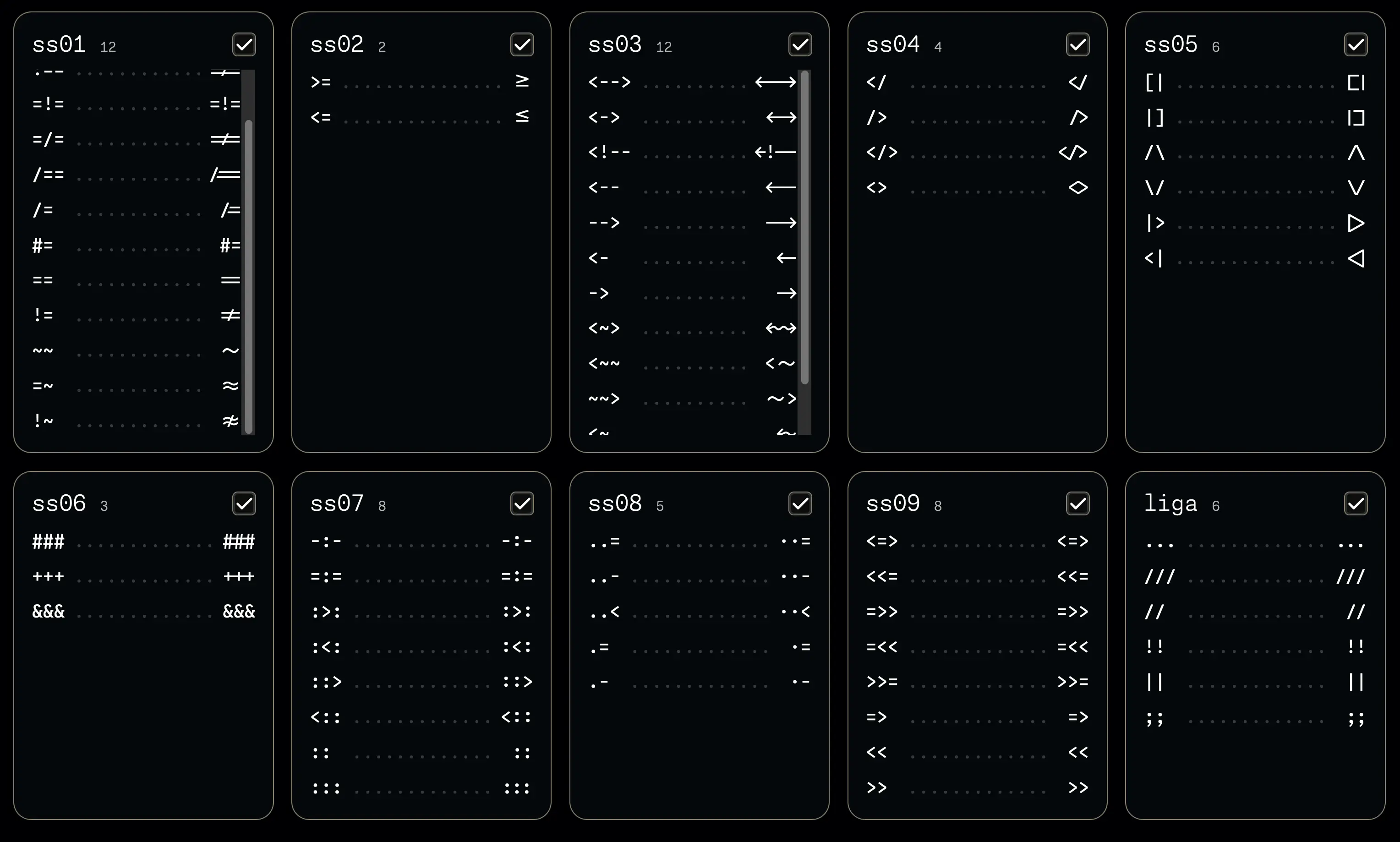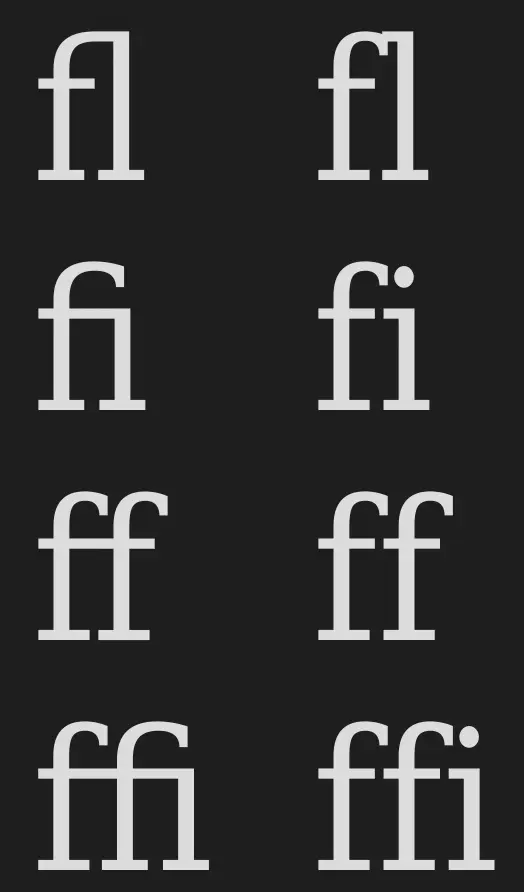

Why is a feature like that geofenced in the first place?


Why is a feature like that geofenced in the first place?
In the future, computers will do all our art and entertainment for us so we can concentrate on making rich people more money. Yay!


People don’t give precise percentages though when surveyed. They might round to typical fractions like 1/4, 1/3, or they might round to 10 or 20 percent.
Nobody is saying “hmm, I estimate that it would be approximately 37 percent”.
Of course the wisdom of the crowd does wonders for smoothing those coarse estimates, but still, if the crowd is +/- 10 of the real percentage value, I’d say they’re pretty much on the money.
Oh yes absolutely, people would definitely just “eyeball” their estimate and the percentages we see in the graphs are population (well, sample) level averages, but I’d still say that the differences between these average estimates and actual reality are by and large much worse that “on the money”. To illustrate, if the estimate for some country was eg. 30% and the real proportion 40%, the relative error – off by a factor of 1.33 – would be smaller than if the estimate is 12% and the real value 2% – off by a factor of 6 – even though both have a 10 point error.
So eg Poles’ and Argentinians’ estimates are both 12 percentage points off, but because Poland’s immigrant population is smaller that means that they overestimated its real size by 650% and so their estimate was 7.5x higher, but Argentinians were “only” off by 460% / 5.6x. 'Strayans were off by 7 points, but their relative error was only around 23%, which is still almost a 1/4 error and their estimate looks like it was the best out of these. The average global error was 100%, so on average people think there’s 2x as many immigrants as there actually are, and characterizing that as “pretty much on the money” is, well, maybe a bit generous


Right, but those estimates aren’t 10% off, but closer to at least 10 percentage points off – percent and percentage points are not the same thing.
Even Australia is ~23% off, and eg. Germany is 42% off, the US is 120% off, UK is 57% off, and eg. Poland is a whopping 650% off


I’m hesitant to say it because I’ve gotten some ridiculously hostile reactions for it, but I’ve really liked Kagi.
Yes, it’s a subscription service but that means they have an incentive to not show you shit results. According to some, paying for a search service is wrong because online services should be free, and I’m just astroturfing if I even mention it


Or, I dunno, maybe just don’t use Google?


This is a horrifying abuse of technology.
I love it!
Yeah, same, I found it a bit surprising they have fewer than Germany


Oh I wish it was. Eg. here in Finland sharing movies etc. among friends or downloading them off the internet used to be legal as long as you weren’t doing it for profit or distributing stuff to a huge audience, but that changed in 2006 because the new EU Copyright Directive required it, and that directive was hugely influenced by the likes of WIPO.


Governments rarely realize anything related to IP that the copyright mafia doesn’t spoon-feed them, unfortunately.


Researchers have achieved data rates as high as 424Gbit/s across a 53-km turbulent free-space optical link using plasmonic modulators—devices that use special light waves called surface plasmon polaritons to control and change optical signals
This could be a line from Star Trek


Far as Swift’s syntax goes, I really like argument labels too, but it’s just that there’s SO. MUCH. SYNTAX. Lots of sugar, yes, but sometimes that’s part of the problem in my opinion, because it often adds to the syntactic and semantic “noise.” Also, there’s 98 keywords (more if you count eg. try, try! and try? as different keywords, and this count is missing eg. sending and other new keywords) – compare this to say Rust’s or or Python’s 35. Java’s got 68, while C++ also has 98 and it’s notorious for having way too many of them. And then there’s all the symbols – some of which have different meanings in different contexts.
It’s true that ARC only applies to reference types, but even with value types you can often get some fairly surprising performance problems due to implicit copies, for example in getters and setters – and the _read and _modify accessors that can sometimes help with that due to returning (well, yielding) a borrowed value instead of a copy aren’t meant for “public” use (which doesn’t mean many libraries etc. don’t use them, much to the consternation of core devs).


Yeah I doubt those particular comments have anything to do with “AI”. It just seems fashionable to blame AI for absolutely everything nowadays


Swift is… not a great language. It’s got some promise but goddamn does it have a “designed by committee” feel to it; they just keep throwing on features like they’re going out of fashion and it’s getting ridiculously complex. Just the syntax alone is a bit of a nightmare – soooo many keywords and symbols. It’s also extremely hard to predict how well Swift code will perform, in large part due to ARC (automatic reference counting) memory management, which is a huge downside for game development. And don’t even get me started on the new concurrency stuff…
Just as a side note, it’s not purely an Apple project nowadays. They’re still the “project lead” but it’s not exclusively theirs anymore. Still, regardless of that, at least personally I really couldn’t recommend it especially to someone looking to get into game development.


… what
That’s known as a ligature and they’re pretty common in many programming-oriented fonts, which usually have stylistic sets with different ligatures for different programming languages that you can optionally enable in your editor’s configuration. For example, here’s the stylistic sets the Monaspace font offers:

Personally I’m not too fond of ligatures so I never enable any, but many folks do like them.
Edit: and just as a side note, ligatures are super common in many fonts, you just might not notice them. Here’s some classic examples from the DejaVu Serif font, with and without a ligature:

"A".reverse() == "∀"
Where is your god now?!


More of a tragicomedy, really
Where’s your sense of adventure?!
Yeah the article mentioned that at some point. It still seems a bit petty to geofence it, instead of just calling it something else